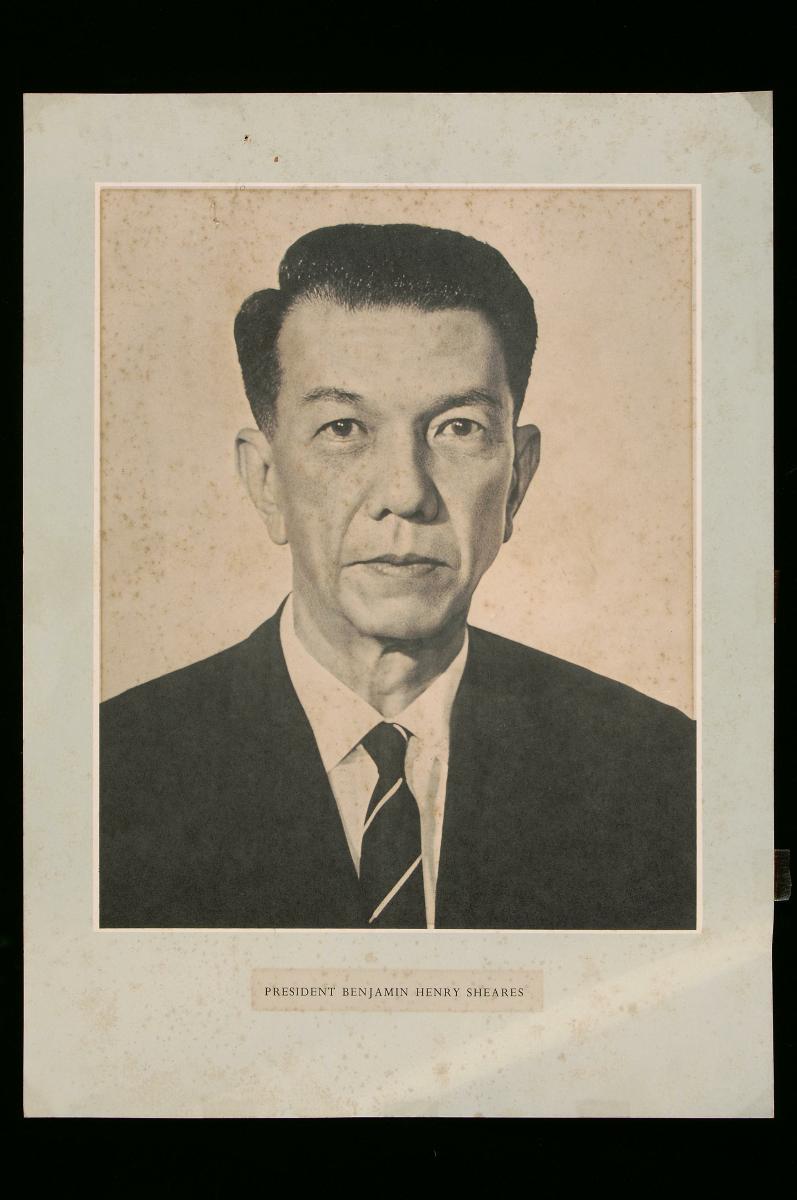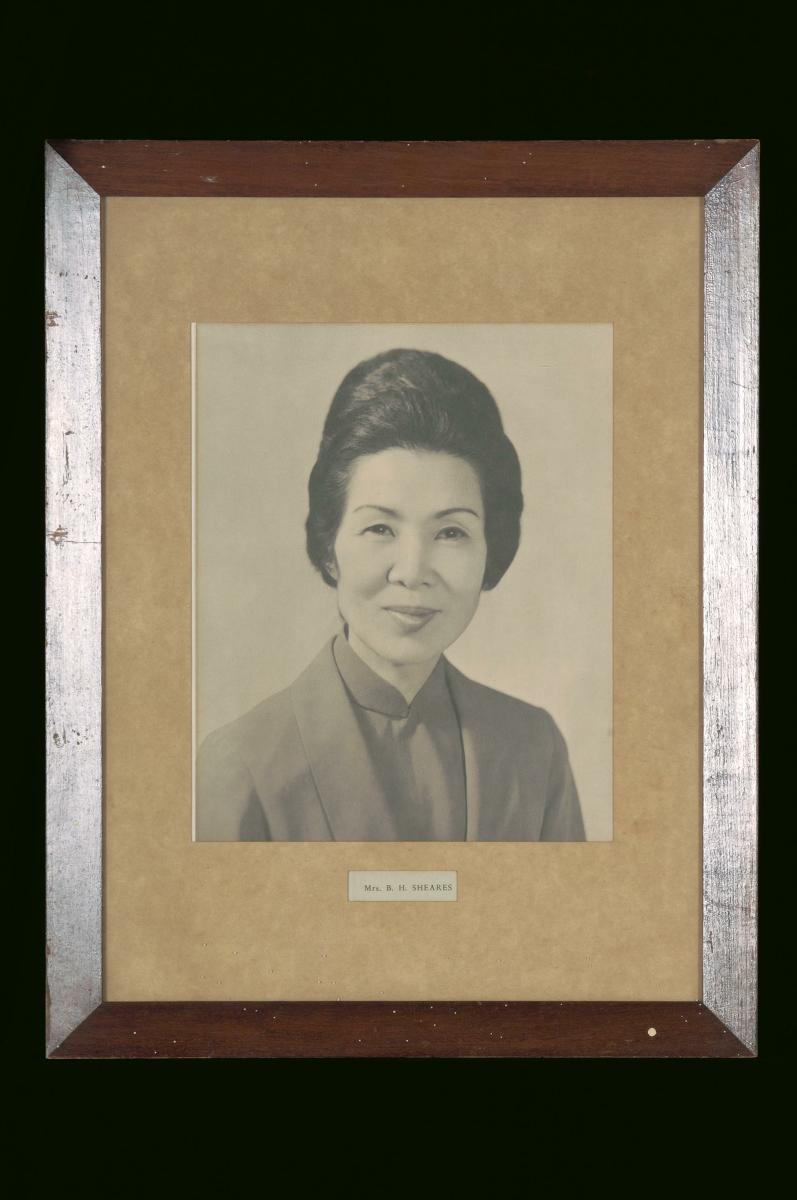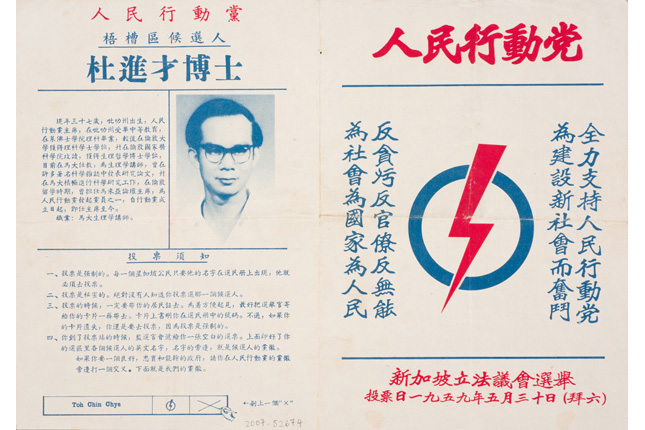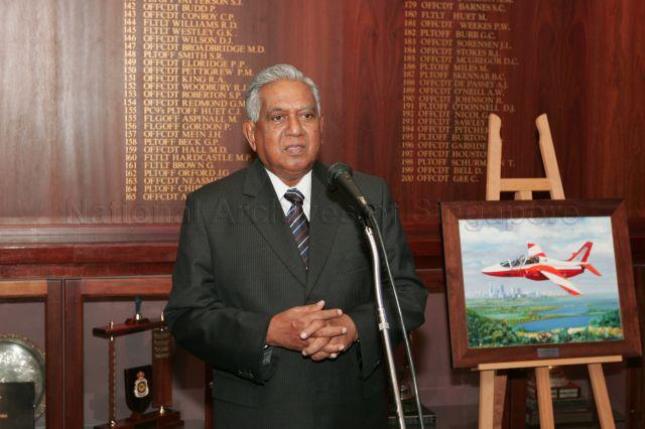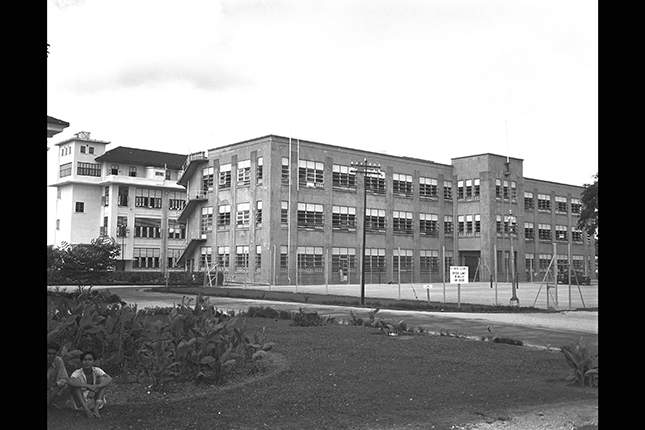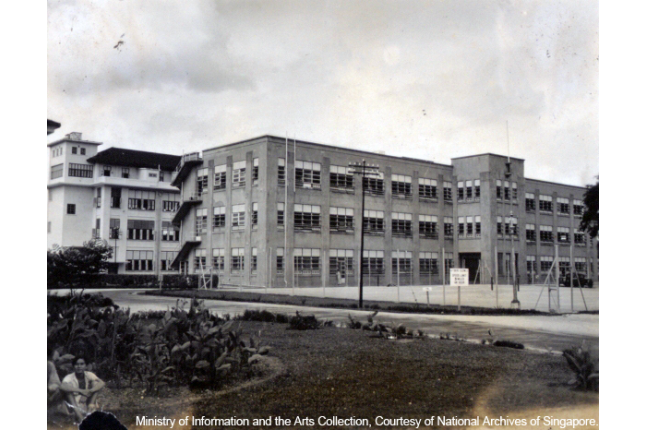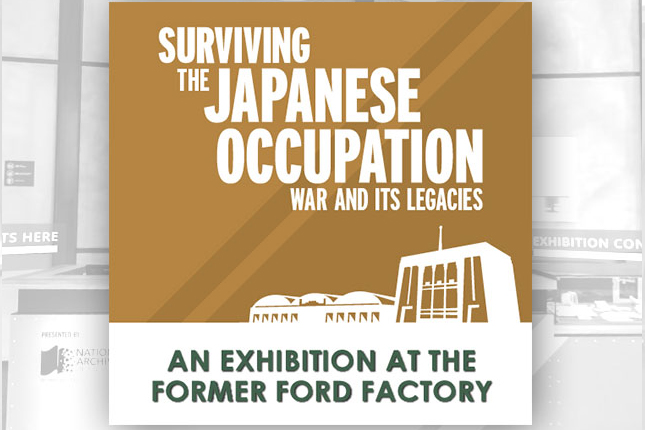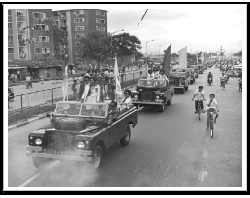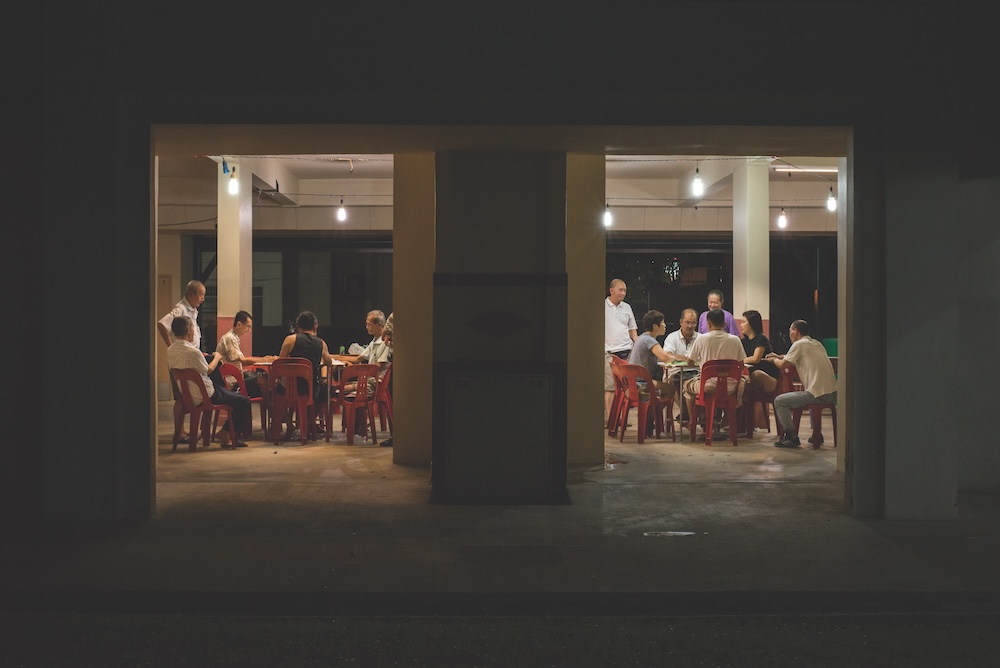Father of obstetrics and gynaecology
Benjamin Sheares aspired to be a doctor from a young age. As a child, his favourite game was playing doctor with his sister Alice.
There were few opportunities for Asians to become doctors in the British-run colony but Sheares worked to overcome these hurdles, including for instance, winning a scholarship to study medicine. By 1942, he had become head of the Obstetrics and Gynaecology (O&G) department and medical superintendent of the local patient’s section at Kandang Kerbau Hospital (KKH), overcoming the prejudices of his colonial superiors through hard work and genius.
Deeply concerned about high maternal mortality rates, Sheares was the first in Singapore to use the lower segment method of performing Caesarean sections. With this, as well as improvements in antenatal and postnatal outpatient care under his watch, maternal mortality rates fell to less than 10 deaths per 10,000 deliveries in 1955 compared to seven to eight times that in the 1930s.
It was also through Sheares that KKH was converted into an O&G Hospital after World War II.
The good doctor was reputed among his peers and patients for his golden fingers and superior surgical skills which led to minimal scarring. He was well-liked for his kind bedside manner and strong dedication to patient welfare. He checked in on patients regularly, even during the holidays, and was known for giving free treatment to the poor.
In 1950, he was appointed professor of O&G at the University of Malaya in Singapore.
Despite his busy schedule, Sheares authored papers on O&G and other topics such as infertility, cancer and surgical techniques. In all, 29 of his papers were published over the span of 24 years. Sheares also earned international acclaim for developing a technique to create an artificial vagina for individuals born without one. It eventually came to be known as the "Sheares Procedure".
In 1961, as his health began to trouble him, Sheares started his own private practice in Raffles Place.
 Benjamin Sheares was one of several distinguished alumni who graduated from the King Edward VII College of Medicine. He was appointed acting professor of the college in 1945. (c.1950s. Image from the National Museum of Singapore)
Benjamin Sheares was one of several distinguished alumni who graduated from the King Edward VII College of Medicine. He was appointed acting professor of the college in 1945. (c.1950s. Image from the National Museum of Singapore)
 A 1960s photograph of Benjamin Sheares (seated fourth from right), the honorary consultant of Kandang Kerbau Hospital at the time. (c.1960. Image from the National Archives of Singapore)
A 1960s photograph of Benjamin Sheares (seated fourth from right), the honorary consultant of Kandang Kerbau Hospital at the time. (c.1960. Image from the National Archives of Singapore)
Family Man
Sheares married Yeo Seh Geok, a trained midwife in 1939. The couple had three children together.

 Studio family portrait of Dr Benjamin Henry Sheares with his wife, Yeo Seh Geok, and children, Constance Alice and Joseph Henry. (c.1946. Image from National Archives of Singapore.)
Studio family portrait of Dr Benjamin Henry Sheares with his wife, Yeo Seh Geok, and children, Constance Alice and Joseph Henry. (c.1946. Image from National Archives of Singapore.)
While he spent long hours at work, he made up for it in the evenings when he would sometimes return with ice-cream for the family. On Sundays, Sheares brought his family out for a movie and a meal.
Singapore’s second president
At the age of 63, just two years after opening his own clinic, Sheares was approached by Prime Minister Lee Kuan Yew to become Singapore’s second president. A generally private person, he took some time to consider this offer. His eventual acceptance of the post stemmed from his sense of duty to the nation.
Elected by parliament in December 1970, Sheares carried out the role with quiet dignity, continuing to live in his own home in Holt Road instead of the Istana. Because politics was out of his wheelhouse, he read extensively to keep abreast of current affairs, international politics and diplomacy.
During his decade as president, Sheares remained active in the medical field.
 President Benjamin Sheares at the 1972 edition of the National Day Parade at the Padang. (Image from the National Archives of Singapore)
President Benjamin Sheares at the 1972 edition of the National Day Parade at the Padang. (Image from the National Archives of Singapore)
Ill-health plagued Sheared sporadically during his terms in office. In November 1980, a tumour was found in his lungs, and on 3 February 1981, he appeared unwell when he opened Parliament. Before he fell into a coma on 3 May 1981, Sheares had his affairs sorted. He died on 12 May 1981 with deep regret that he had been unable to see through his third term as president.
 President Benjamin Henry Sheares inspecting voluntary aid detachments and youth members of the Singapore Red Cross Society at St Joseph's Institution in Bras Basah Road during a parade to commemorate World Red Cross Day in 1972. (Image from the National Archives of Singapore)
President Benjamin Henry Sheares inspecting voluntary aid detachments and youth members of the Singapore Red Cross Society at St Joseph's Institution in Bras Basah Road during a parade to commemorate World Red Cross Day in 1972. (Image from the National Archives of Singapore)
 President Benjamin Sheares introducing cabinet ministers to Queen Elizabeth II during her three-day state visit to Singapore in 1972. (Image from the National Archives of Singapore)
President Benjamin Sheares introducing cabinet ministers to Queen Elizabeth II during her three-day state visit to Singapore in 1972. (Image from the National Archives of Singapore)
 President Benjamin Sheares in conversation with former British Prime Minister Sir Harold Wilson at the Istana in 1978. (Image from the National Archives of Singapore)
President Benjamin Sheares in conversation with former British Prime Minister Sir Harold Wilson at the Istana in 1978. (Image from the National Archives of Singapore)
His wake at the Istana was thronged by 85,000 people — among them former patients touched by his dedication including a woman whose life and baby he had saved after an emergency operation at night.
A month later, Prime Minister Lee paid tribute to Sheares in a moving special address.2 Lee fondly recalled their regular monthly sessions where they would discuss work. Sheares, he said, had shared his cares of office.
These visits were ramped up towards the end with Lee visiting him once a week to comfort and console him. Lee said: "During those harrowing weeks, at no time did I see fear or panic in his eyes or expression."
With emotion in his voice, Lee added: “He will always live in my memory. though when he died, a part of me also died. When a friend dies, the shared conversations, the shared experiences, the bonds of friendship can no longer be renewed. It is as if a thread has snapped. The thread is still there, but the person holding the other end has loosened his hold. The thread is slack."
 Portrait of Singapore’s second president. (Image from the National Museum of Singapore)
Portrait of Singapore’s second president. (Image from the National Museum of Singapore)
 In honour of his life, a road and bridge were named after Singapore’s second president. Pictured here is a painting of the Benjamin Sheares Bridge by artist Chua Mia Tee titled The Viaduct (c.1981). (Image from the National Museum of Singapore)
In honour of his life, a road and bridge were named after Singapore’s second president. Pictured here is a painting of the Benjamin Sheares Bridge by artist Chua Mia Tee titled The Viaduct (c.1981). (Image from the National Museum of Singapore)














